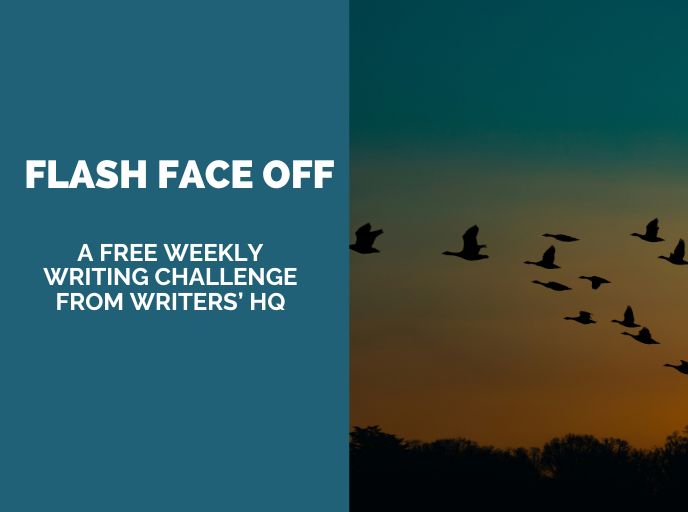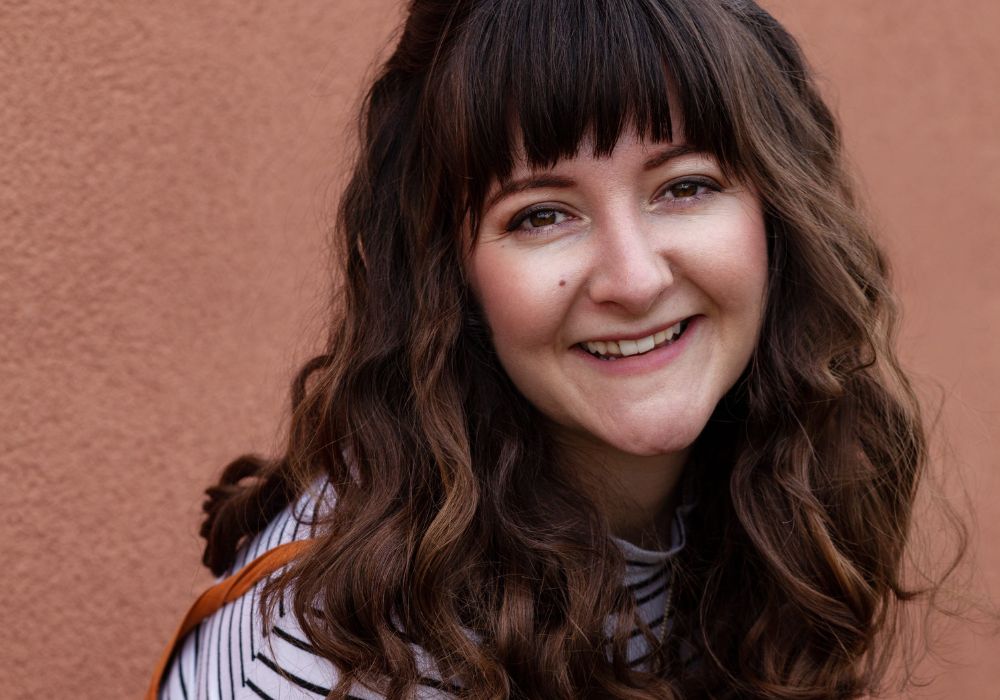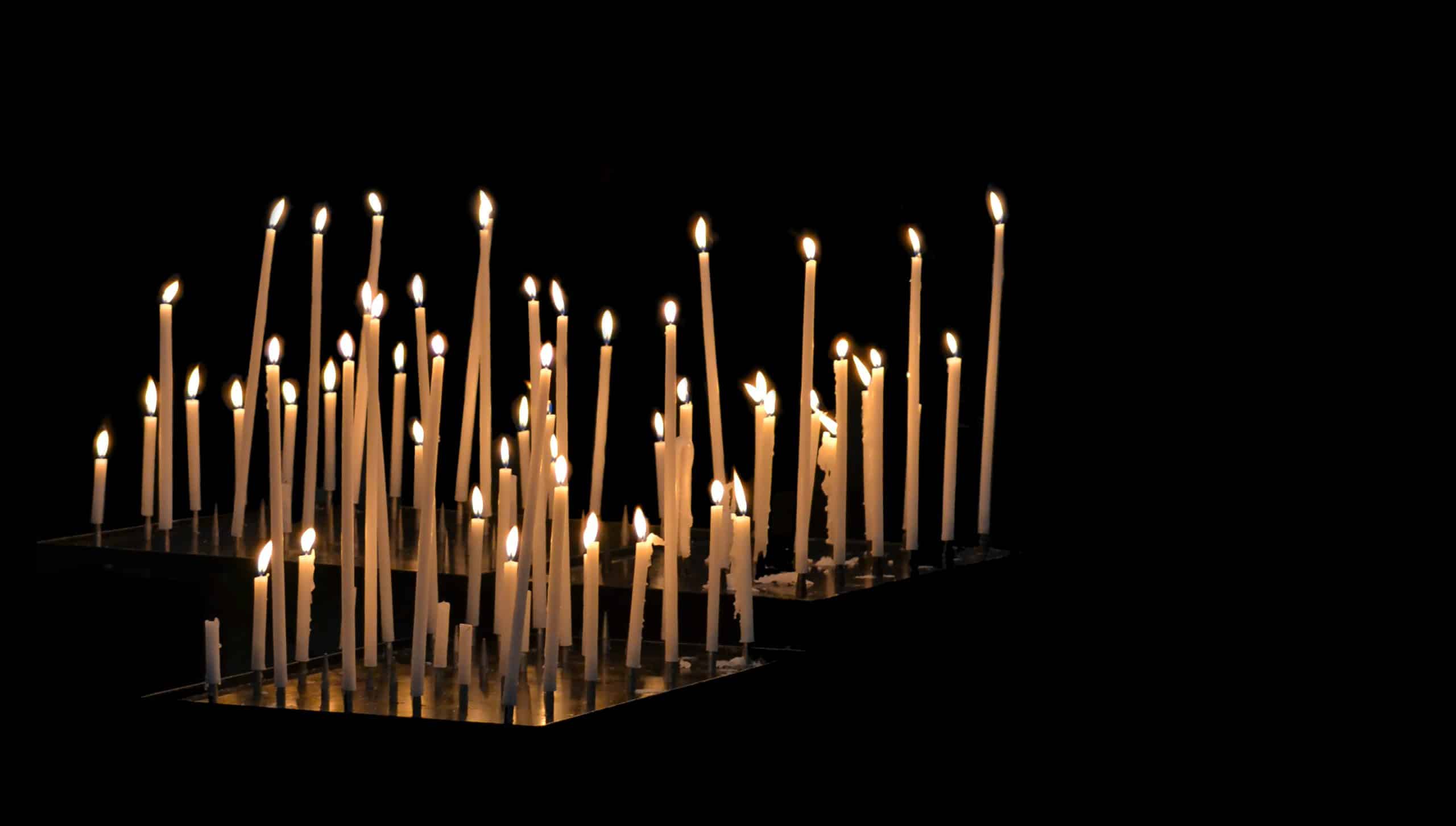
It’s midwinter solstice for us northern hemispherics and today marks the shortest day and the longest night.
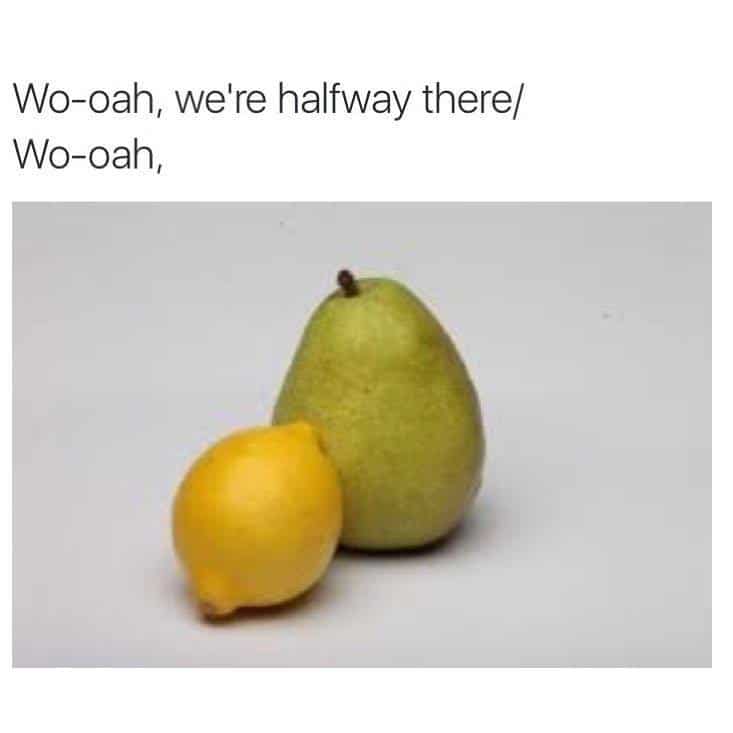
From here on out, the days get longer, the new year is in sight, spring will eventually sproing, and we will find our way out of this long, seemingly endless dark in both a physical and hopefully figurative way.
So while it might be cold as a witch’s tit and gets dark before 5pm, there’s a lot to celebrate this time of year, no matter what you celebrate.
In Latin, solstitium means when the ‘sun stands still’ — and although it may feel gloomy a lot of the time, we also get those glorious hours of low sunshine where everything turns molten gold.
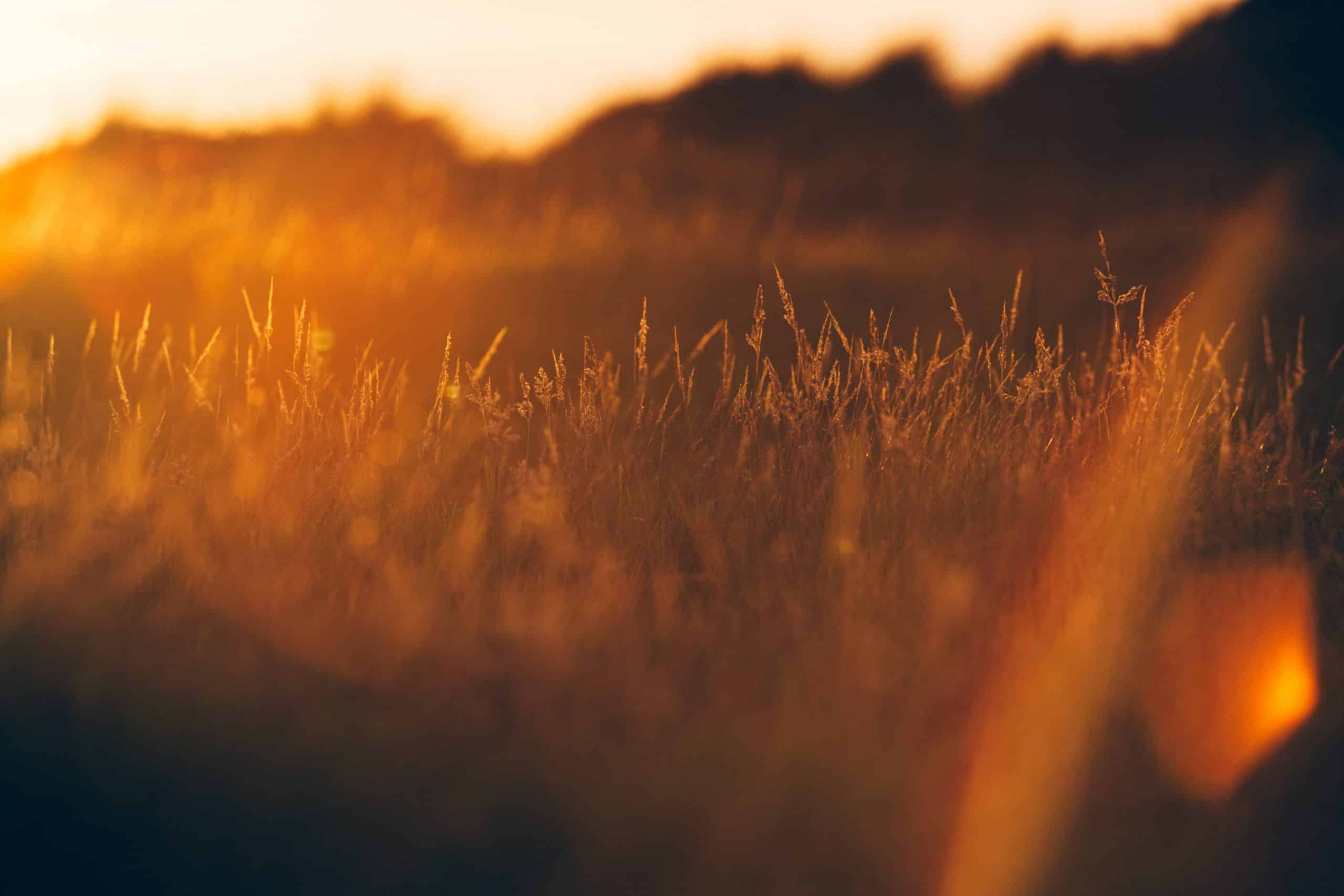
Also, us humans are kinda notorious for our fire-wielding, which means we always find a way to light up the dark times — whether it’s by campfire, torch, candlelight, or twinkly fairy lights strung up all around the place.
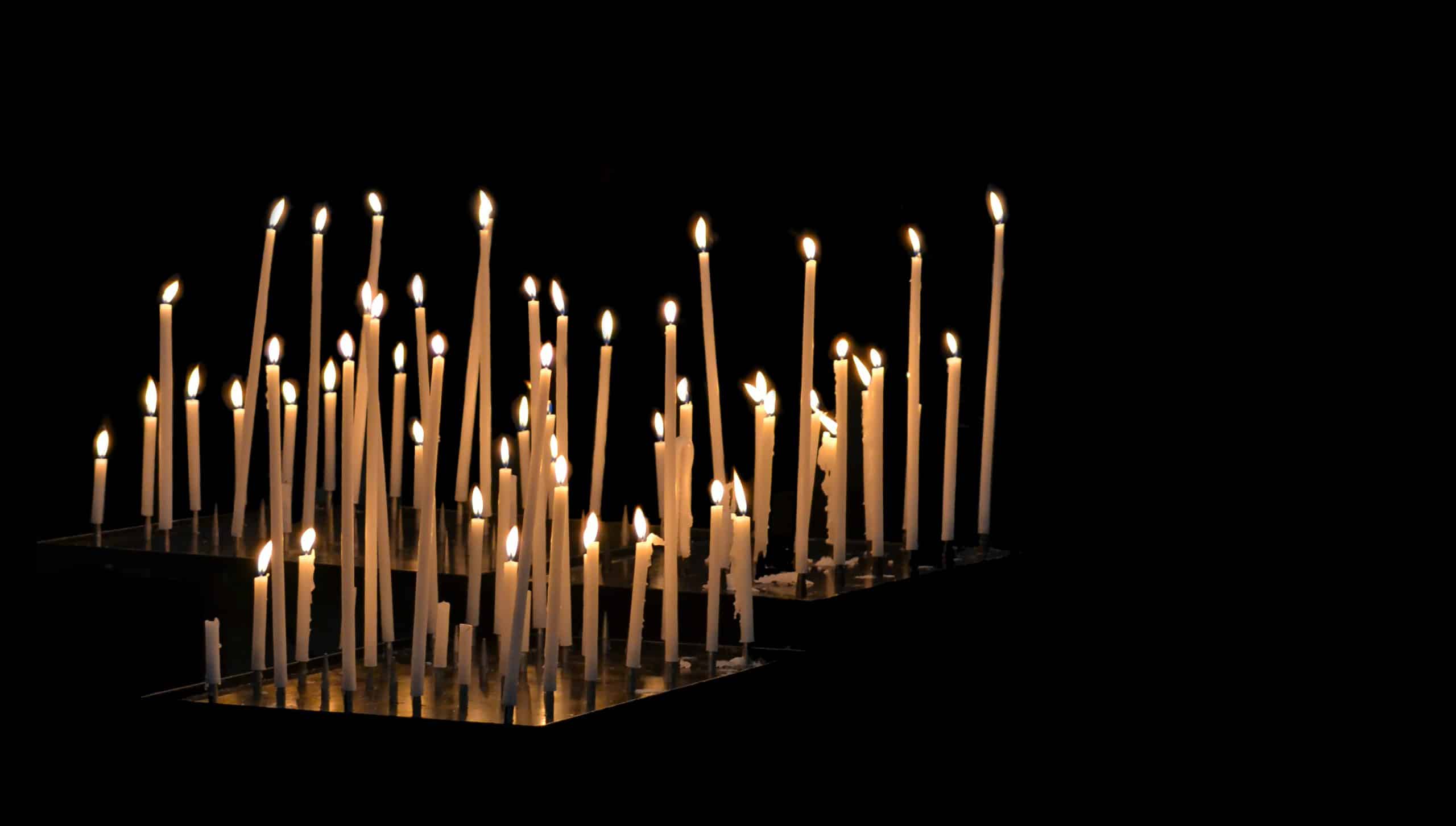
‘Cause midwinter has been celebrated since the beforetimes as a natural hinge in the seasons. Here are just a few you may or may not have heard of:
Midwinter Traditions
Pre-Christian neopagans celebrated the Feast of Juul (Yule) in Scandinavia, and their parties were all about the fire, burning a Yule log in the hearth to show tribute to the Norse god Thor. In fact, a lot of our modern festivities originate with Yule, including decorating our homes with evergreens and wreaths, a Yule tree, gingerbread, wasailling, mistletoe and even elves. So the story goes, the sun resided in the land of the elves, so Yule celebrations were a way of assuring the elves would help the sun find its way back after the long dark.
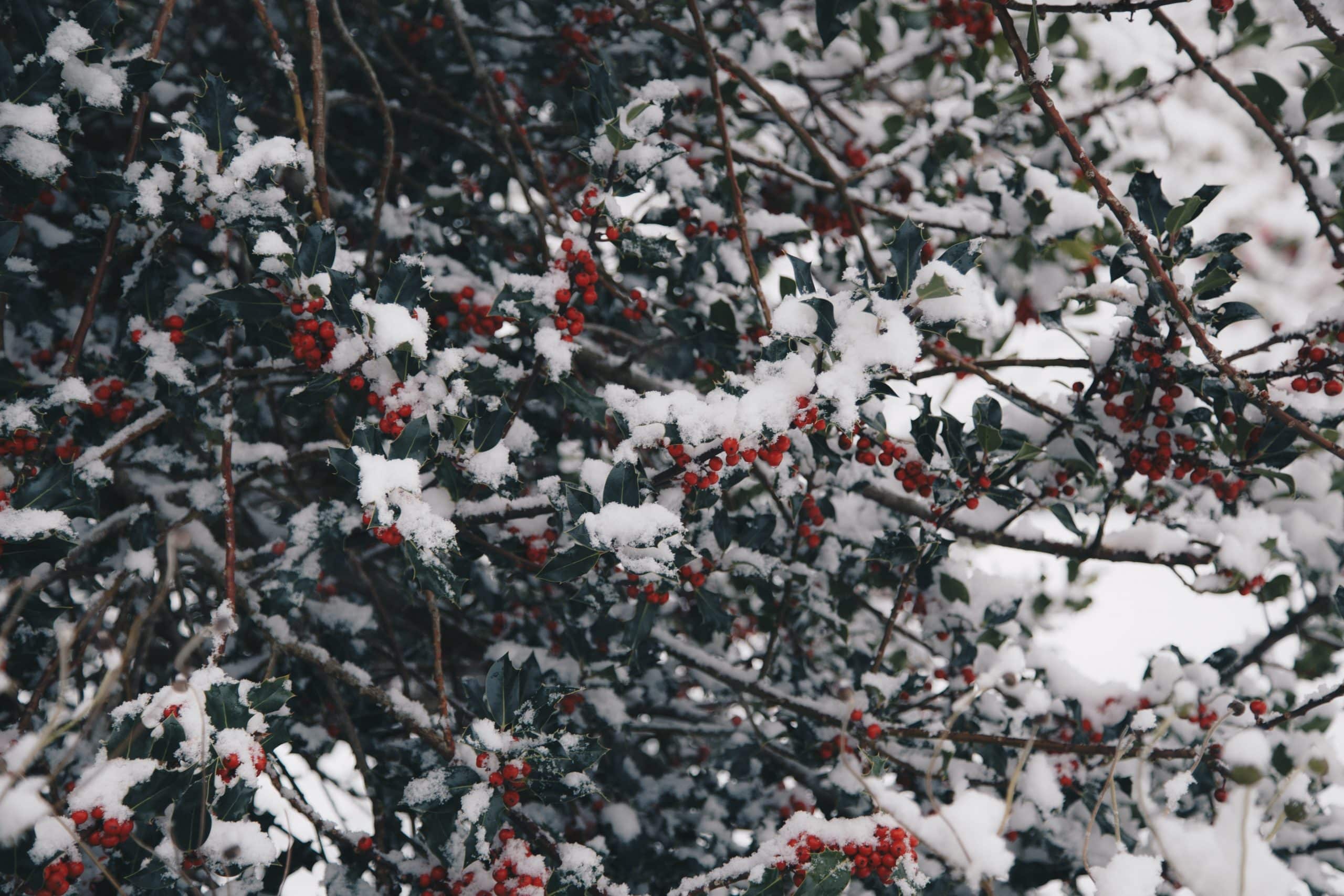
Ancient Romans celebrated the festival of Saturnalia for a whole week over midwinter, in honour of the father of the gods, Mr Saturn. Schools and businesses closed down, disagreements were forgotten (or at least put on hold), law and order suspended, and everyone got down to the serious business of scoffing banquets, exchanging gifts, and making sacrifices at the temple of Saturn.
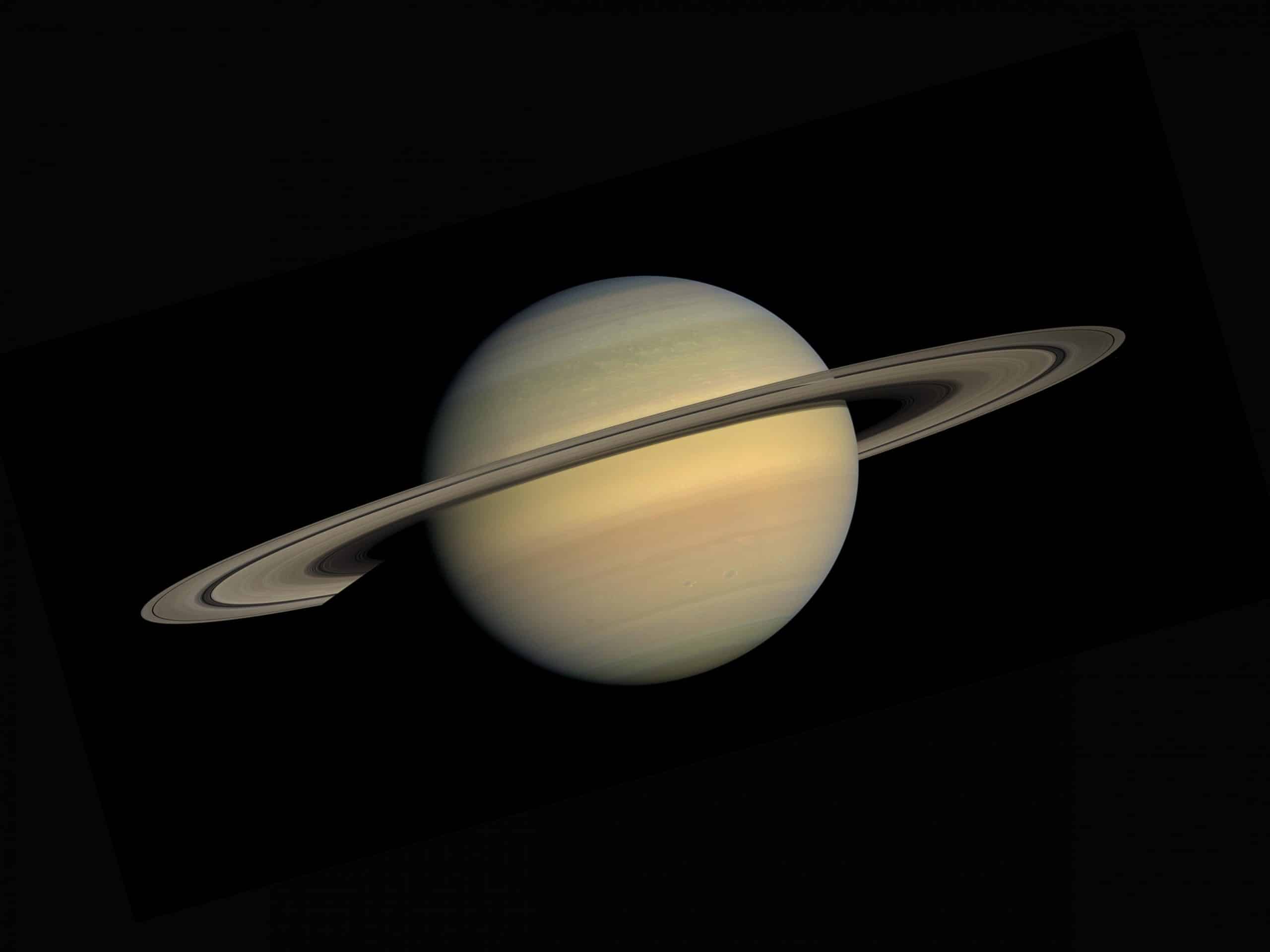
The Dongzhi Festival in China and East Asia celebrates the return of longer days and positive energy, going all the way back to the Han Dynasty and the philosophy of yin and yang. Celebrations include eating dumplings and colourful rice balls cooked in broth; paying your respects and sweeping the tombs of ancestors; and a famous folk song about the Nines of Winter (‘Shujiu’) which observes the changing weather over the nine days of solstice.
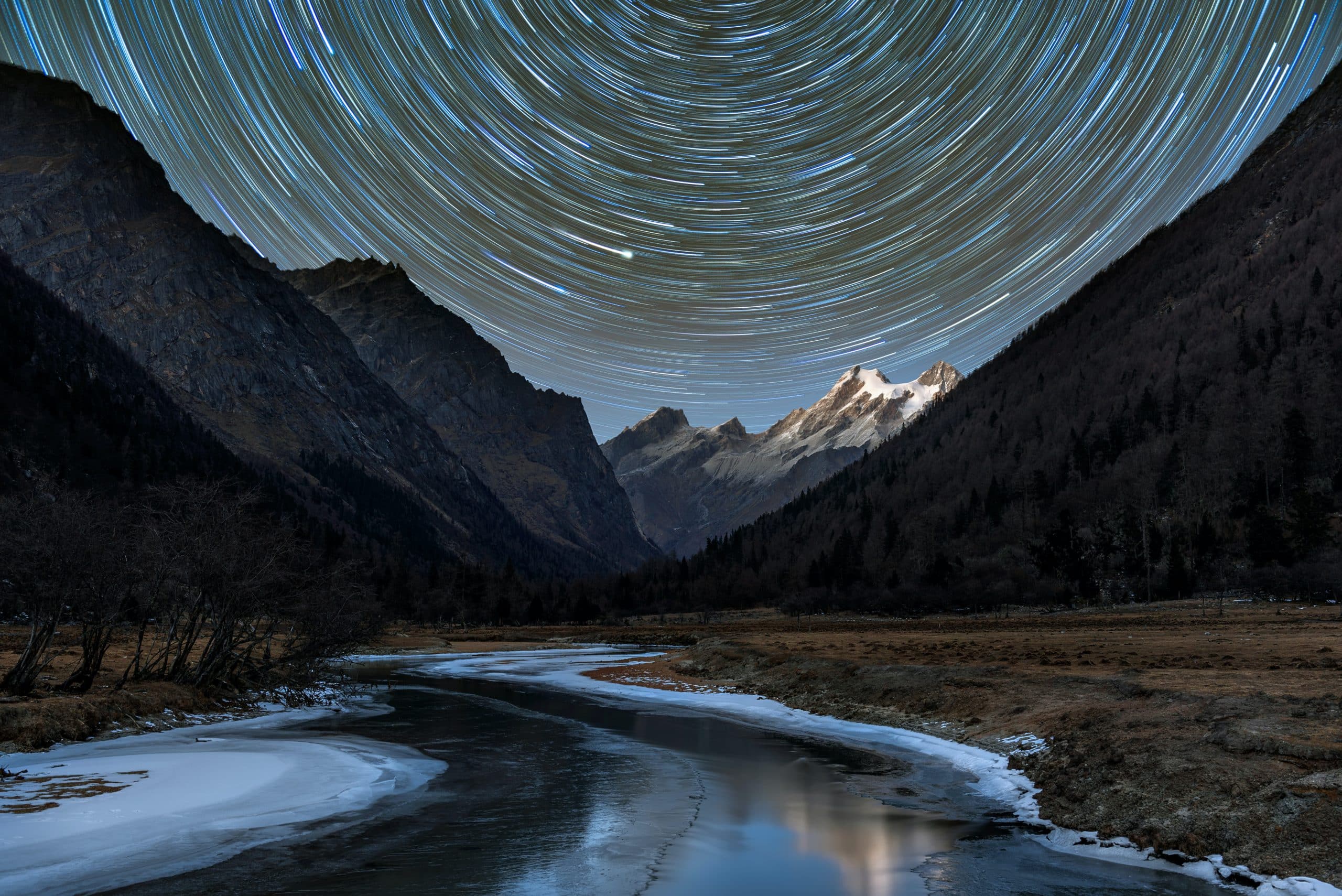
In Iran, Shab-e Yalda or Shab-e Chelleh — night of forty — is a festival that celebrates the darkest night of the year where people eat, drink, and read poetry into the small hours. Literally (or literarily) a writer’s perfect holiday. The tradition is thousands of years old and is actually a celebration of the last day of autumn and the birthday of the sun itself. Foodie customs involve nuts and seven types of fruit — notably pomegranate and watermelon. Nom.
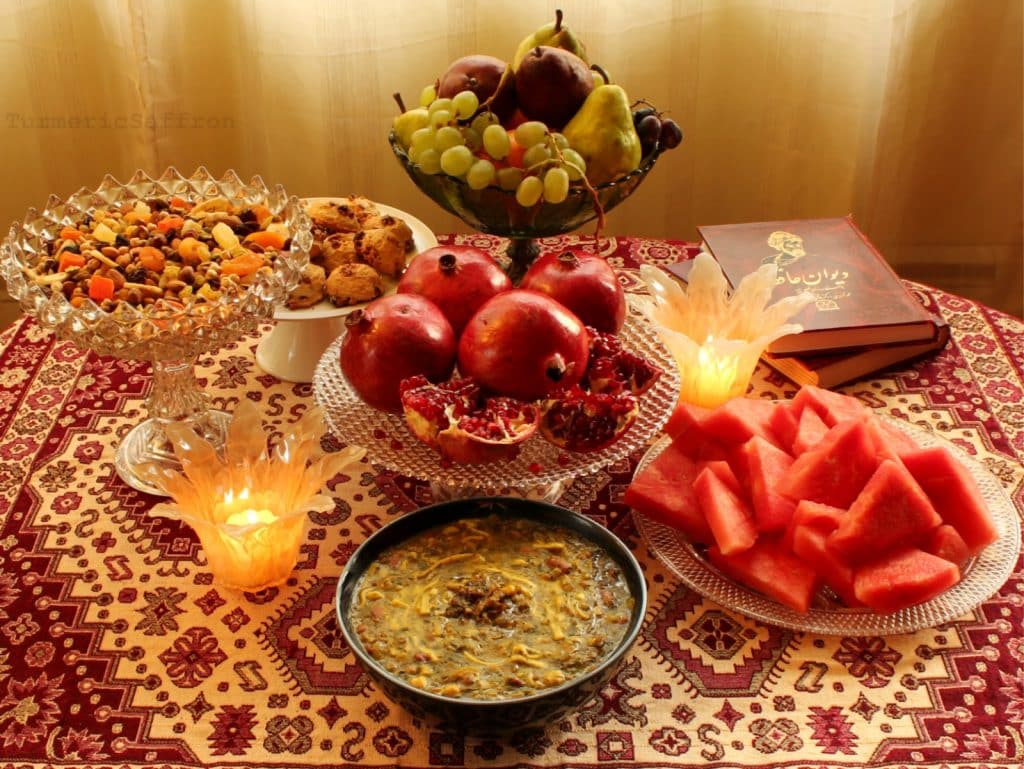
Stonehenge is still the site of a whole host of solstice celebrations, dating back to 3500BC, as people travel to the stones to watch them line up with the path of the sunrise/sunset.
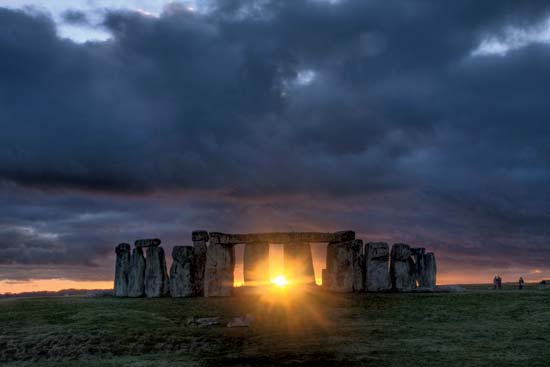
And on the Julian calendar, winter solstice actually occured on the 25th of December, along with JC’s birthday — but when we switched to the Gregorian calendar, Christmas stayed put and the solstice snuck back to the 21st.
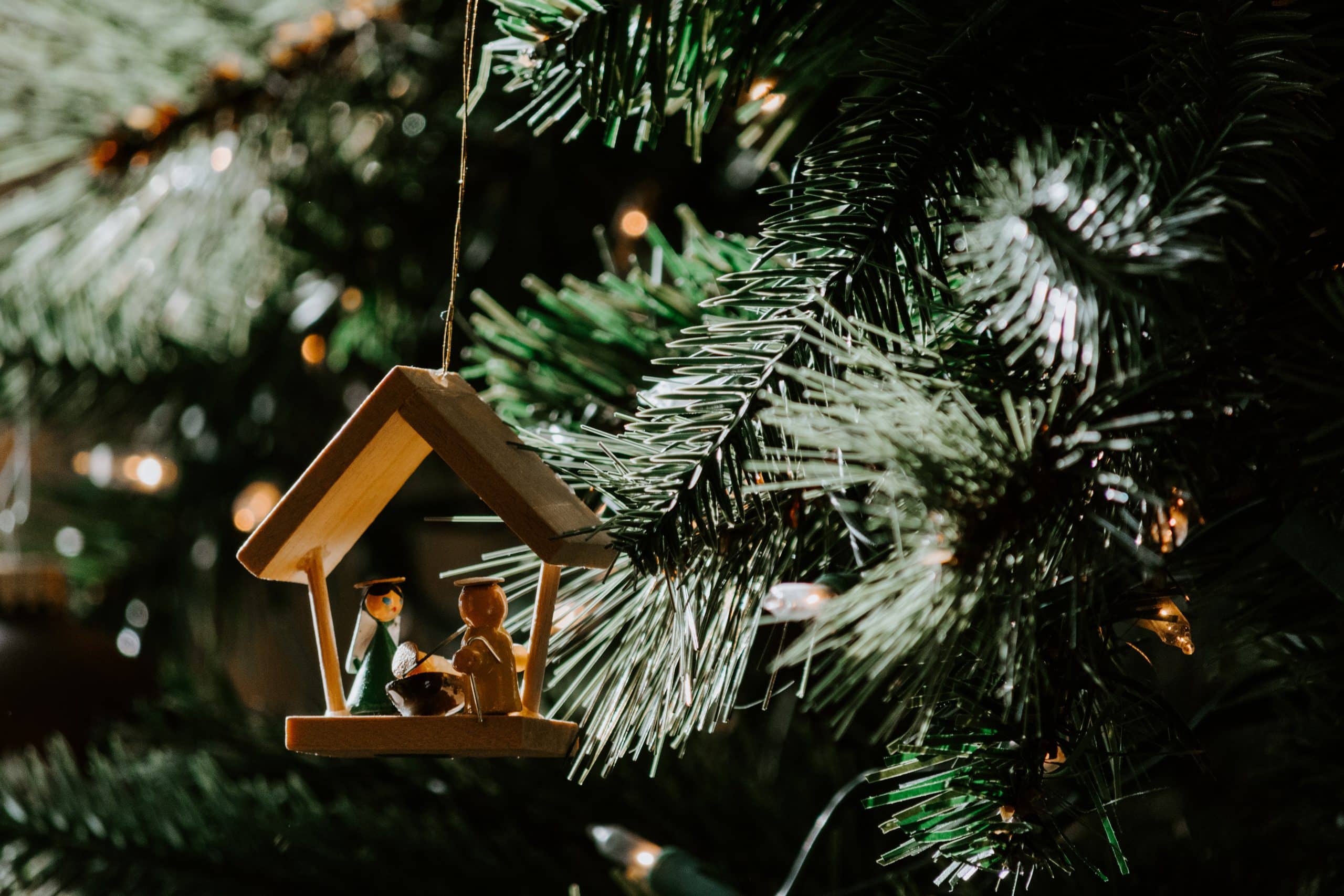
There are a whole load more midwinter traditions to be found all over the world, both religious and secular, but all of them tend to boil down to the same wholesome, fundamental things we all need: warmth, light, companionship, sharing a meal, and finding hope in the darkness.
Good old humans, eh?
We’re feeling all warm and fuzzy just thinking about it. But before you go get all tucked up in your blankets, let’s do some writing, shall we?
The Long Dark Writing Exercise:
Here’s your task for today. Come up with your own midwinter festival.
- Find inspiration from the elements above or make up brand new rituals and traditions.
- Set your story in the real world, an alternate universe, an imaginary country, or completely different planet.
- Put some people in it! What do they want? What do they dream of? How do they show one another little festive kindnesses?
- And most importantly: start with darkness and fill your story with hope and light.
Important note: If writing a happy, wholesome, hopeful story is a challenge (and we know how hard it can be!), check out this blog by Kathy Hoyle on why stories don’t always have to be dark and tragic: Flash Fiction Without the Pain!
Spend 20 minutes indulging in your brand new solstice celebrations, surrounded by warm, twinkly lights and delicious treats and magical superstitions…
Lovely stuff.
And while you’re all chilled out — or maybe feeling a bit nostalgic — why not check out our Intro to Journaling course for more thoughtful, observational writing exercises?
Happy writing!



